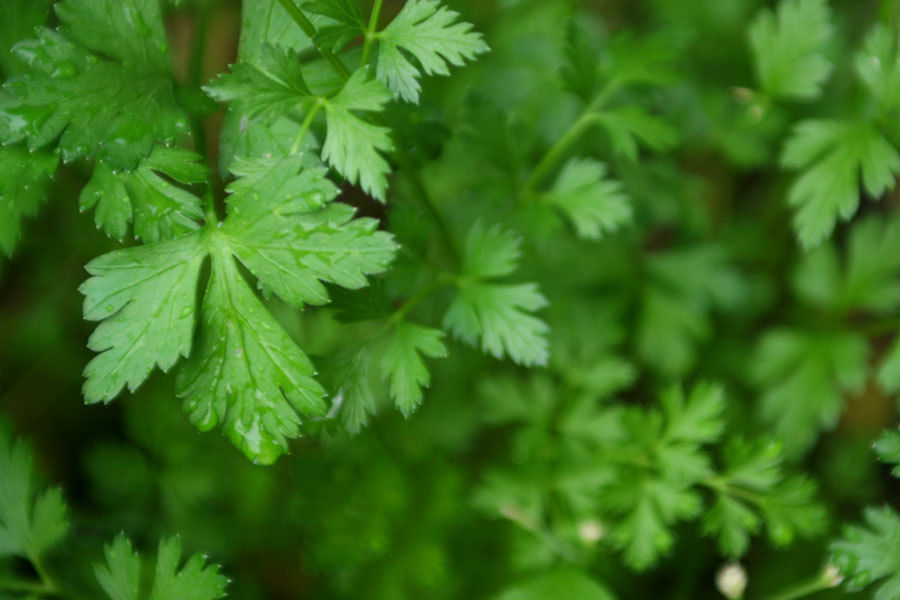
ENCYCLOPLANTS
Click on the relevent letter for the name of the plant you are looking for to take you to the page where the plants and information can be found.
SUCCULENT & CACTI PLANTS
SUCCULENTS
Succulent plants, also known as succulents or sometimes fat plants, are plants having some parts that are more than normally thickened and fleshy, usually to retain water in arid climates or soilconditions. The word "succulent" comes from the Latin word sucus, meaning juice, or sap. Succulent plants may store water in various structures, such as leaves and stems.
Many succulents come from the dry areas such as steppes, semi-desert, and desert. High temperatures and low precipitation force plants to collect and store water to survive long dry periods. Some species of cactus can survive for months without rainfall. Succulents may occasionally occur as epiphytes "air plants" as they have limited or no contact with the ground, and are dependent on their ability to store water and gain nutrients by other means. Succulents also occur as inhabitants of sea coasts and dry lakes, which are exposed to high levels of dissolved minerals that are deadly to many other plant species.
The root systems of many succulents that grow in arid areas are shallow but highly spread out under the soil, this allows the plant to collect moisture from quite a large area. The roots must be able to collect moisture quickly from sporadic rains and dew; producing new root hairs quickly to collect the moisture before it evaporates does this.
Epiphytes produce aerial roots in dry conditions to collect moisture from the air.


Cactus is the singular word for the plant, cacti or cactuses are the plural forms.
Cacti are native to the Americas, ranging from Patagonia in South America through to areas of western Canada. One species, Rhipsalis baccifera, is the exception, it is also found in tropical Africa, Madagascar and Sri Lanka. It is thought that droppings from migratory birds dispersed the Rhipsalis seed in these other lands.
The cactus generally lives in dry places prone to drought, such as deserts. There are 1,500 to 1,800 species of cacti. Each species for the most part fall into one of two core cacti categories, these being opuntias or cactoids. Cacti come in all shapes and sizes from round and short through to thin and tall. The smallest grow just a few centimeters high and about 1 cm across. The tallest cactus can reach heights close to 20m (66ft) and up to 1 meter thick. Cacti show many 'adaptations' to conserve water during long dry periods. An adaptation is a trait in a living organism that helps it to survive, populate and evolve. The spines of a cactus are highly modified versions of plant leaves, there are very few cacti species with true plant leaves. These sharp spines and the thick tough skin of the stem help to protect the cactus from animals who would otherwise have easy access to the liquid inside. The cactus manages to collect its water using its quite large root system. Small thin roots grow near the surface of the soil and collect as much rainwater as quickly as possible during the few times it rains. Cacti can also have a single long thick root called a taproot which grows much deeper to reach underground water supplies when the top soil is dry. Cacti can gather and hold a lot of water in their stems. The water is not pure, clear water but is quite a thick viscous liquid. It is drinkable though and has been known to save many peoples lives in the desert. Cacti are grown as houseplants as they are pretty easy to grow and maintain. Certain kinds of cactus have fruit that are a popular source of food. The dragon fruit (pitahaya) is now widely grown in Asia. The prickly pear or Indian fig are varieties of cacti whereby both the fruit and the pads can be eaten. The fruit is an important commercial crop in Mediterranean and North African countries.